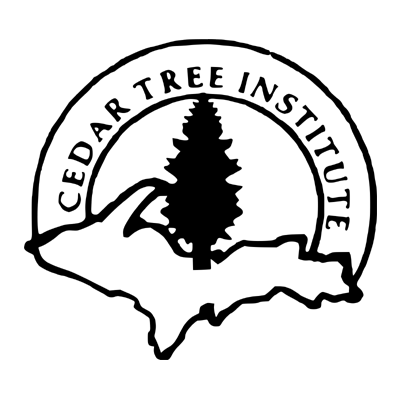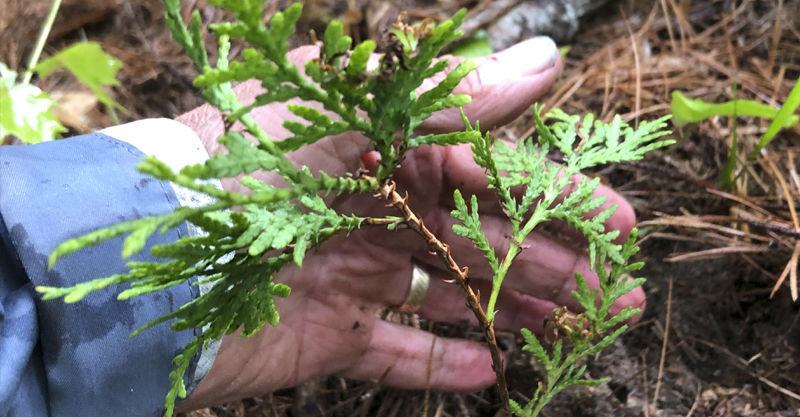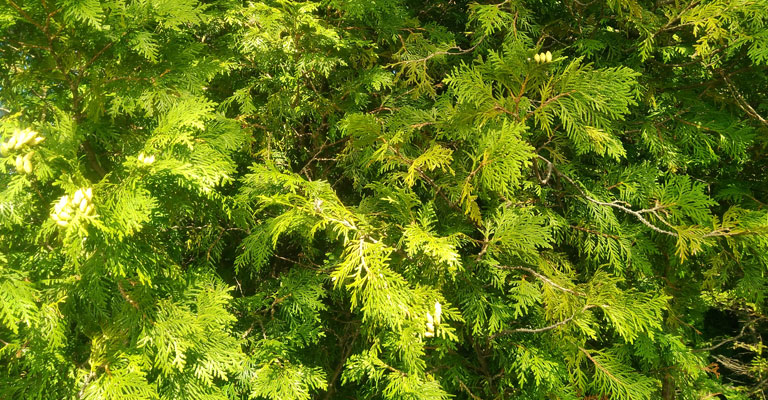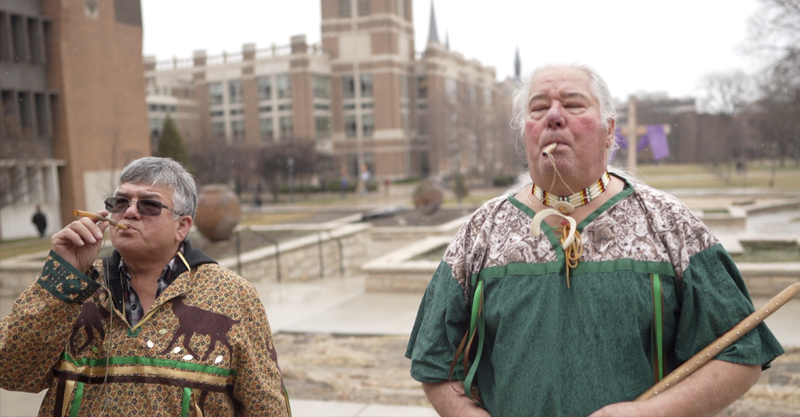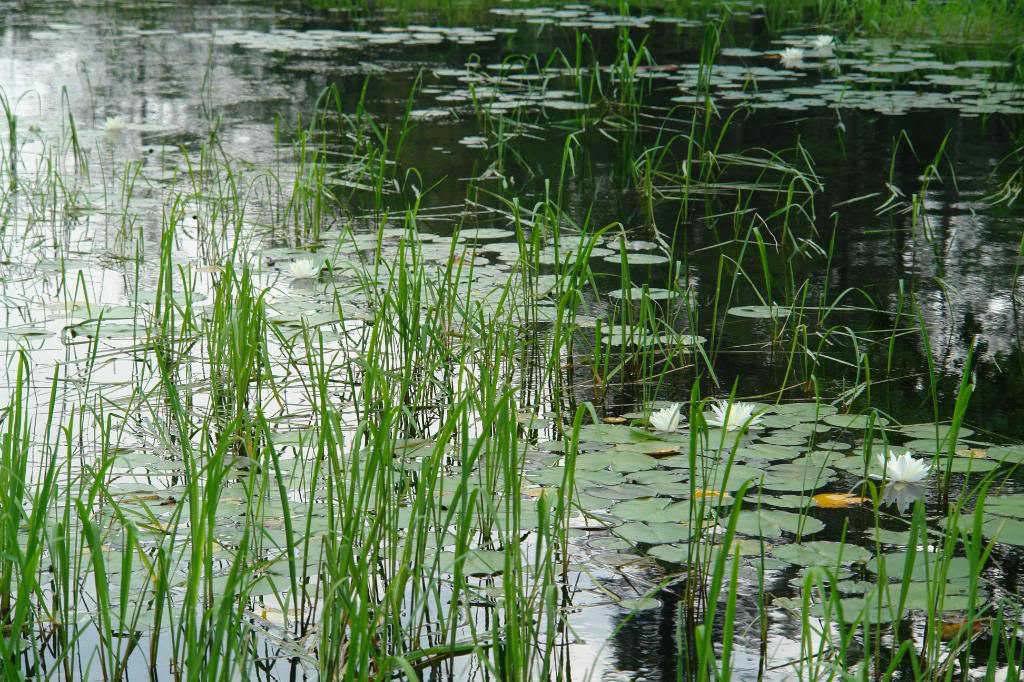*This article was written by Jon Magnuson, and published in the Marquette Monthly January, 2022.
DURING TIME OF THE STARVING MOON
A few days ago, shortly after sunrise, I carefully placed a pair of ice cleats in a small backpack along with two cups and a thermos of hot tea. A friend of mine, a former wild fire forest fighter, was soon to join me for a morning’s trip. We were driving to a remote cabin to cover and tie down two kayaks set on a storage rack not far from a rocky cliff on Superior’s shoreline. We took the opportunity later that morning, to also stack extra firewood and run a rebuilt generator to charge the cabin’s six marine storage batteries. As meteorologists remind us, these are days when daylight is shortest, skies cloudiest. This month averages only about 25% of possible sunshine. No question about it. Deep winter has arrived.
Up here in the Northern Great Lakes Basin, the planet is not friendly during this particular season of year. Earth is hard as iron. Snow covers the ground. Under trees in cedar swamps, herds of shivering deer huddle together for warmth and protection. Traditional Anishinaabe people of our region call these days, “Time of the Starving Moon.” Sixteenth century Jesuits, known as “Black Robes” once lived and traveled among the Native peoples of our area, a land they called “New France.” Gathered around campfires during long cold winter evenings, one of their cherished hymns opened with the haunting lyrics, “T’was in the midst of wintertime, when all the birds had fled.”
As if living in a frozen mirror, all of Mother Earth spins these weeks in dark, cold, dangerous shadows. A devastating pandemic has overwhelmed the global health system. It already has taken lives of hundreds of thousands of individuals in the United States. There appears no clear path forward. As if to make matters worse, there’s mixed messages. We have predictions, certainly. But they’re precarious at best. We live in an unprecedented time with ravaged natural environments and depleted resources. Our global population now exceeds five times its size since the beginning of the 20th Century. (1.6 billion in 1900 vs 7.9 billion in 2020). No one is clear what is coming.
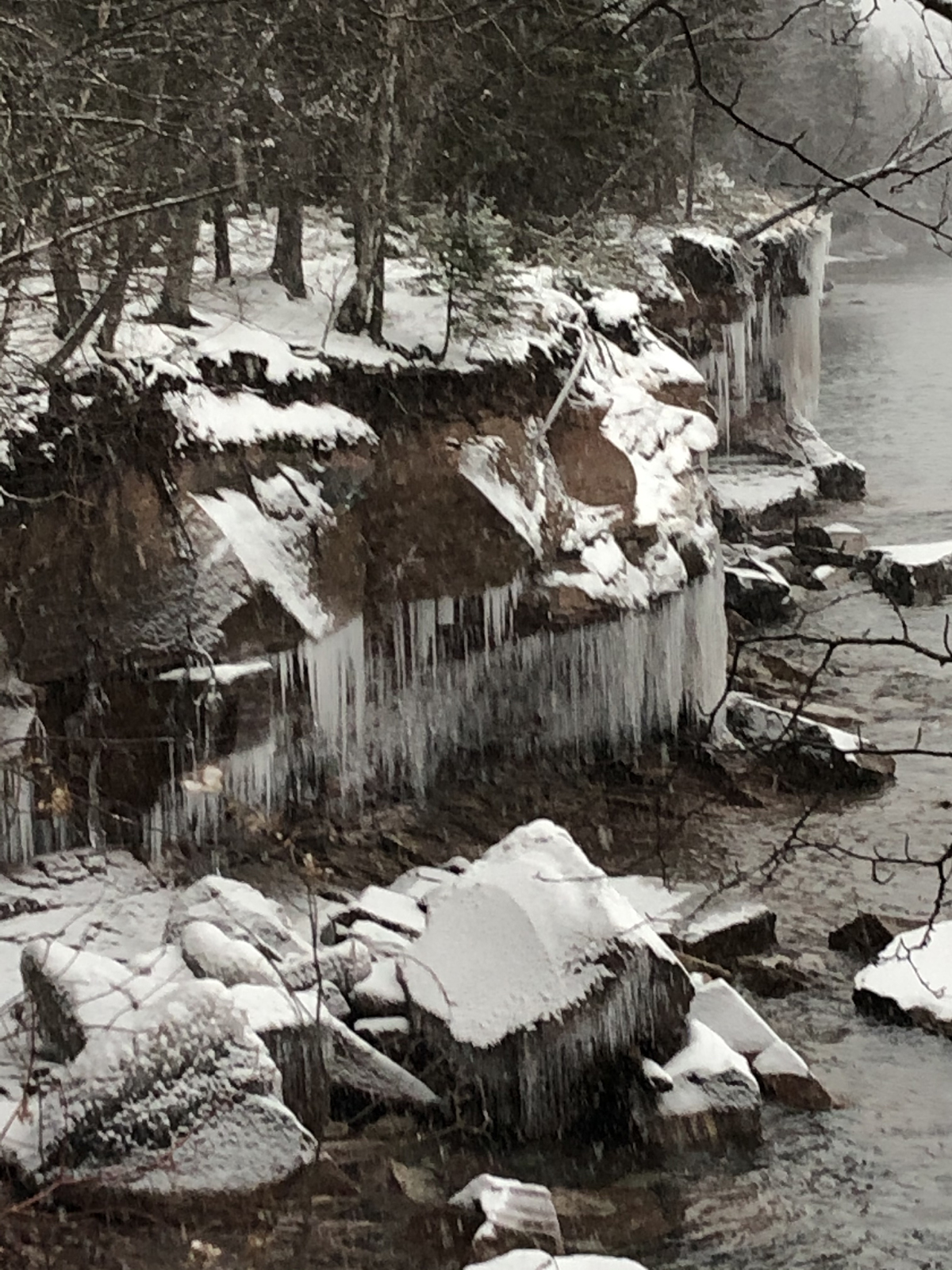
This afternoon, I stopped by to visit a friend who, for seventeen years, worked as a volunteer bookkeeper for the faith community with which I am affiliated. She is in hospice care. The time will soon be here when she will leave the world as we know it. Her husband invited me in to sit at her bedside. A mother of two sons, she lay asleep, breathing slowly. The room was dark, shades closed to reduce light and noise. In the shadows I saw she was covered by a blanket designed with an oversized logo from Disney World, a favorite vacation destination that she and her family had visited so many times over the years.
Sitting quietly by her side, I recalled a recent interview with Nobel Prize winning scientist Edward O. Wilson. As an evidence-based entomologist, now 94 years old, he’s predicting that on the other side of COVID-19 lies a world of beauty and integrated ecological integrity that we cannot yet fully imagine. His puzzling conviction, however, comes from a lifetime of studying the natural world.
Wilson maintains, like Darwin, that the human species is driven by “survival instinct.” It will find its way. Hopefully sooner than later, our human species will come to live in a way, he says, that balances consumption, resource protection, health, and community. It will be, Wilson predicts, a marvelous and beautiful planet. There will always be problems, of course, but the basic trajectory of human evolution insures such a basic shift. How much suffering it will take, how much time will be required, are other questions. Serious ones. But Wilson says we’re on our way. He tells us the clock is ticking. We now must work together, urgently, collectively, as never before in history, to get there.
If we muster up courage and energy, we can look around and choose to see signs of such a New Creation. If we look carefully enough, one can identify such signs here in Michigan’s Upper Peninsula. I personally worked alongside a spirited botanist with the US Forest Service who, in collaboration with American Indian tribes in the Upper Peninsula for ten years led an award-winning initiative to restore native plants and protect the integrity of botanical seed life in threatened State and National Forests. She captivated tribal leaders, at-risk youth and faith-based leaders with her knowledge and optimism. Henry Ford once regarded the Upper Peninsula as his private playground, a reservoir of unlimited timber resources for his auto industry. Months ago, Ford Motor Company committed itself to transfer 50% of its global vehicle production to electric cars by 2030. Days ago, the President of the Upper Peninsula Regional Labor Federation penned a remarkable editorial in our region’s major newspaper calling for a balance of new construction skilled labor projects alongside protection and celebration of our threatened natural resources.
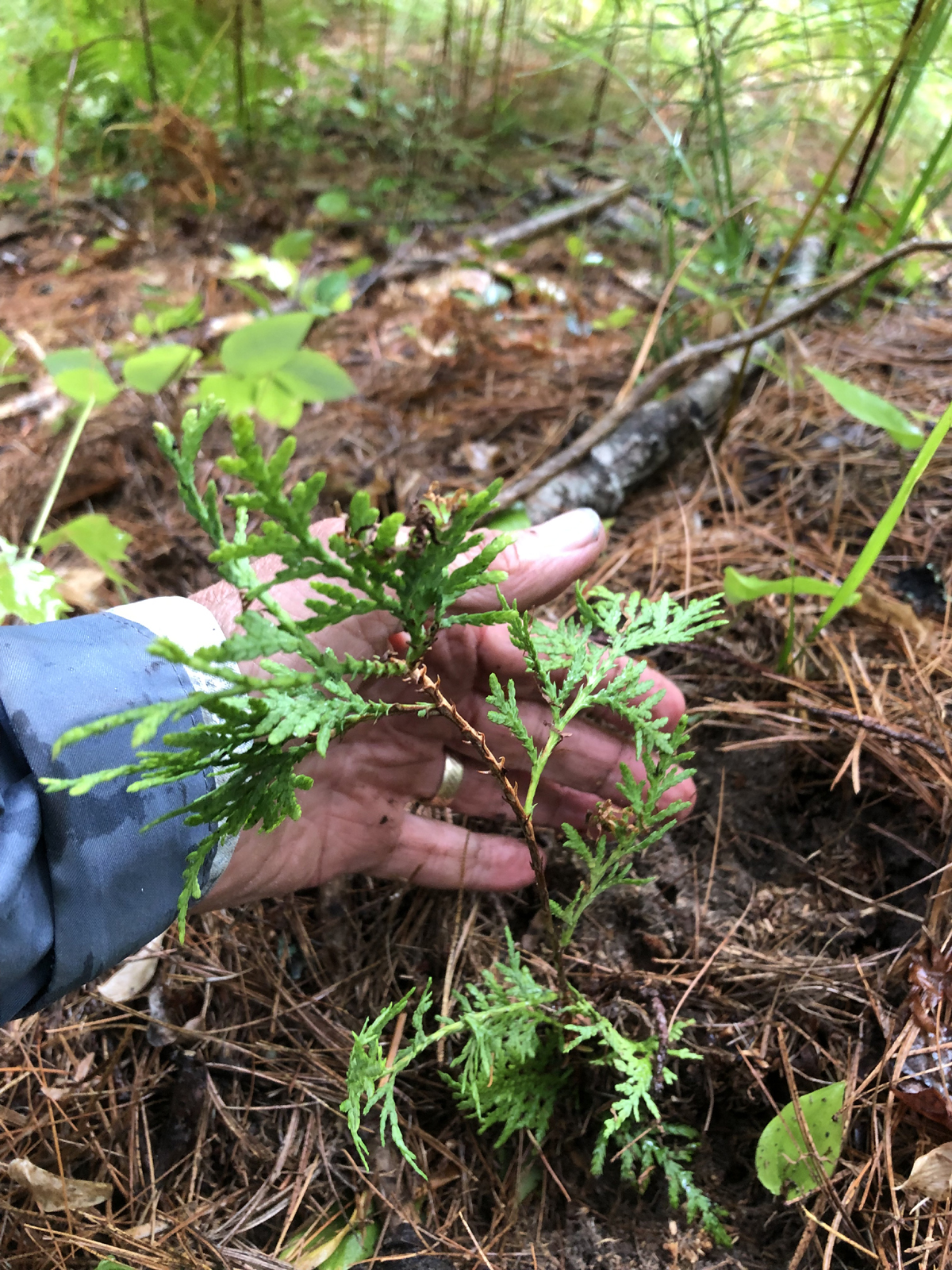
The visit with my former bookkeeper has finished. Time has come for my departure and I rise to leave her bedside. I whisper the Lord’s Prayer. It matters not, I think, that she hears the words, “Thy Kingdom Come.” The phrase, itself, stands on its own. It lifts an extraordinary promise. One inviting us, personally and collectively, into a future larger than any of us can dream. No shortcuts out of human suffering. But into a deeper way of living. And dying.
Her husband bids me farewell at their home’s entry. As a caregiver, he is weary, but overwhelmed with thanks for hospice nurses and volunteers who are walking alongside of him. He is filled with gratitude for his wife and their years together.
In early dusk of a winter’s afternoon, I return to my vehicle. The street is filled with a coating of ice. Darkness is falling. There’s news a winter’s storm is on its way. I think of the vision of a Nobel Prize winning scientist and echoes of another prophetic voice, this one from the 13th Century, Julian of Norwich, an English mystic and anchorite nun.
Long ago, she wrote a prayer with ink and feather pen. It was during another time of plague and cultural disintegration. A promise, not unlike E. O. Wilson’s.
“All shall be well. In All things. All shall be well.”
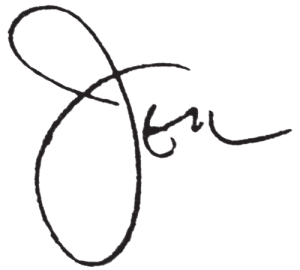
Jon Magnuson
The Cedar Tree Institute
